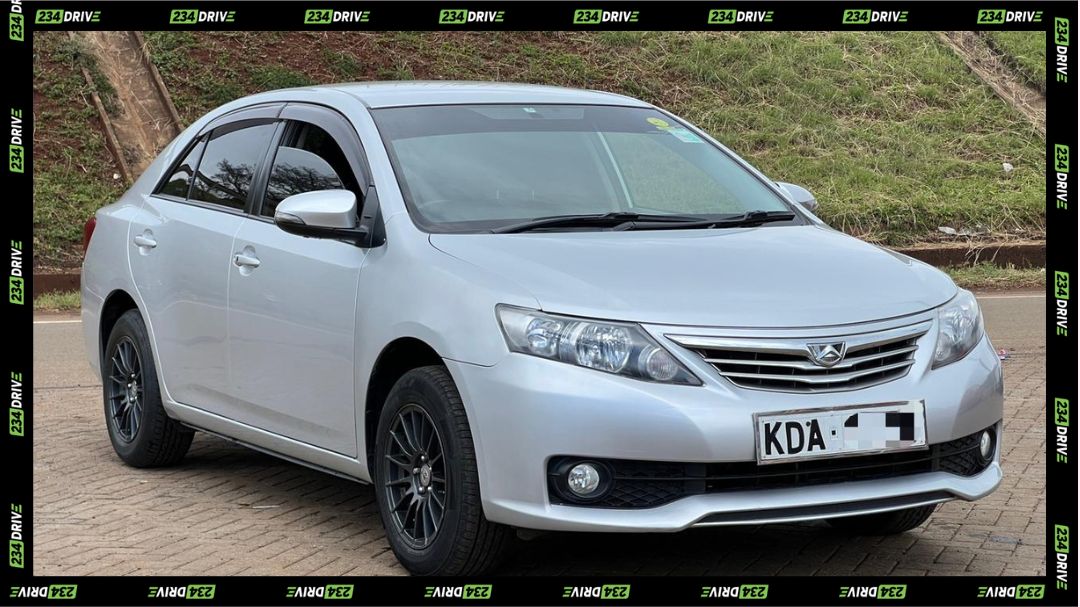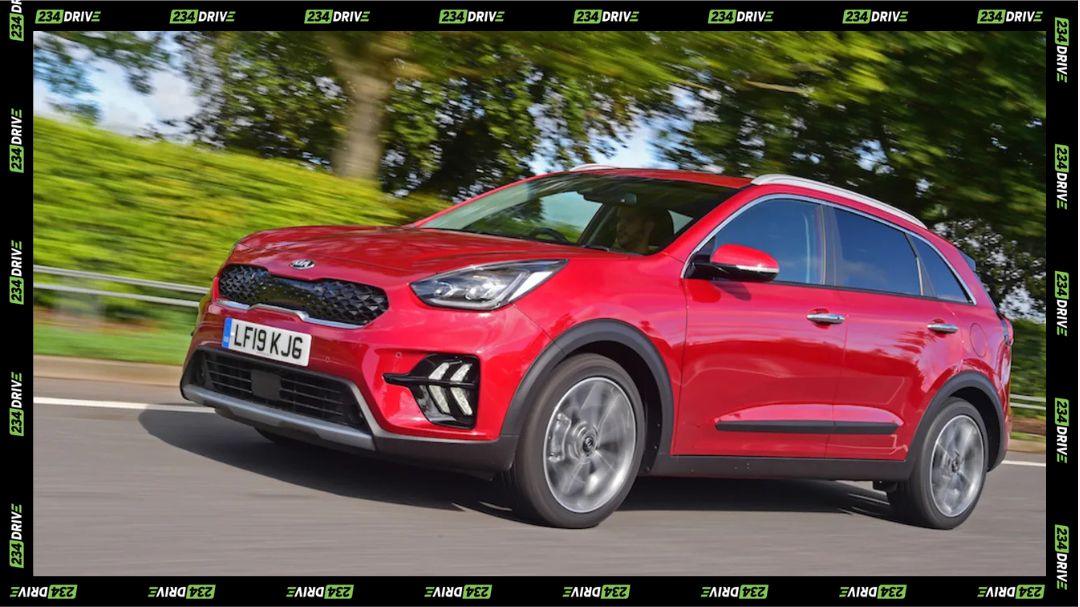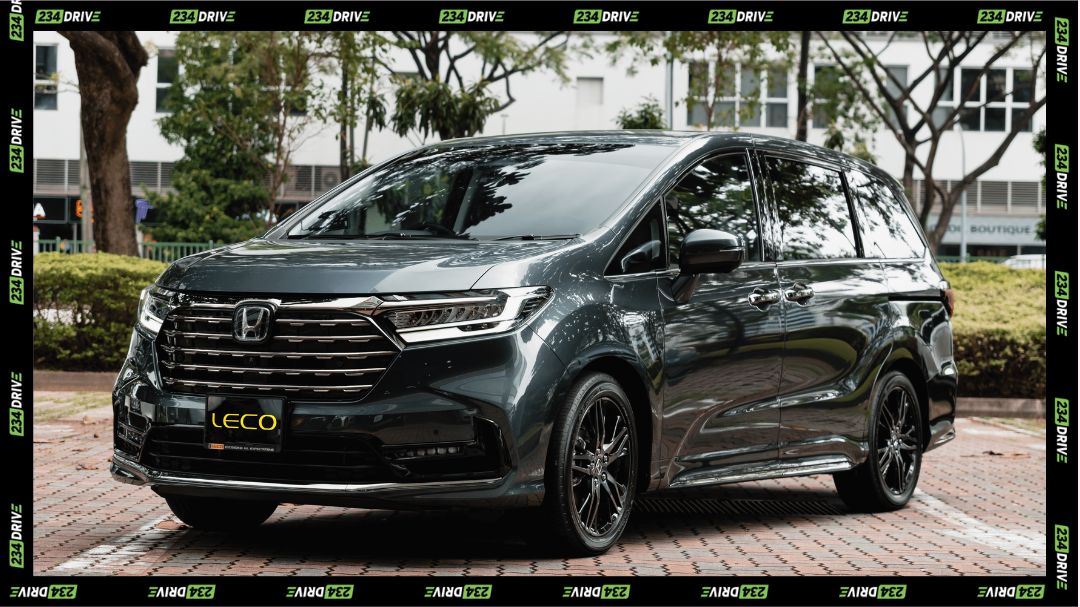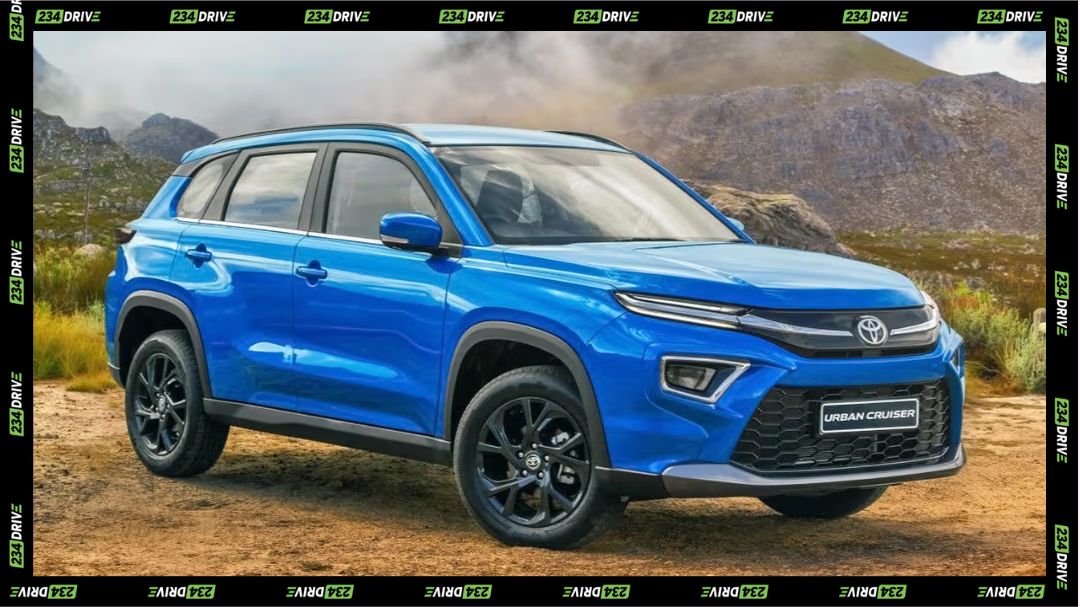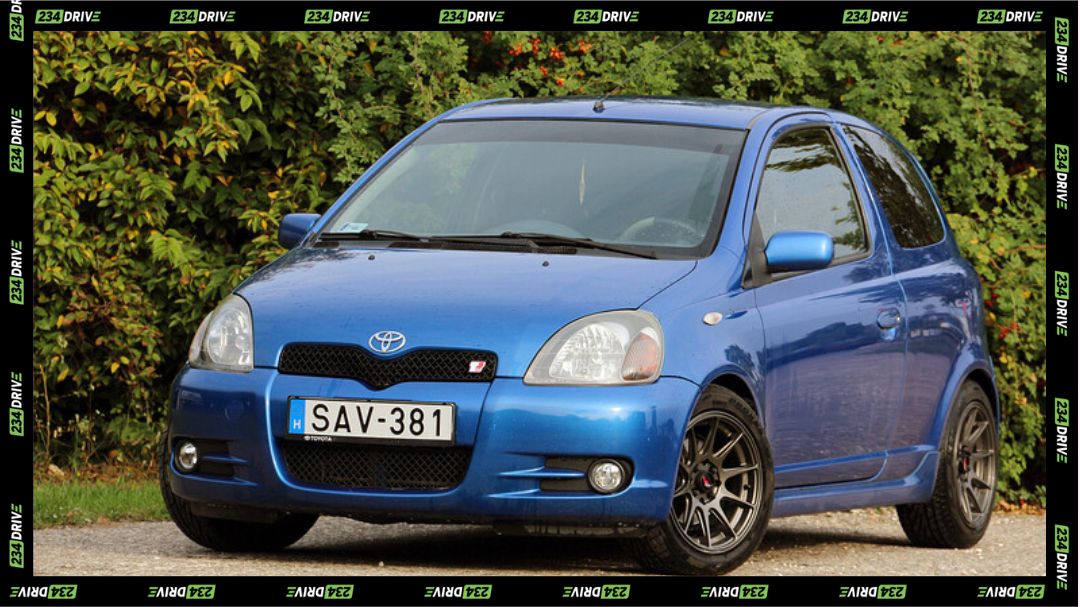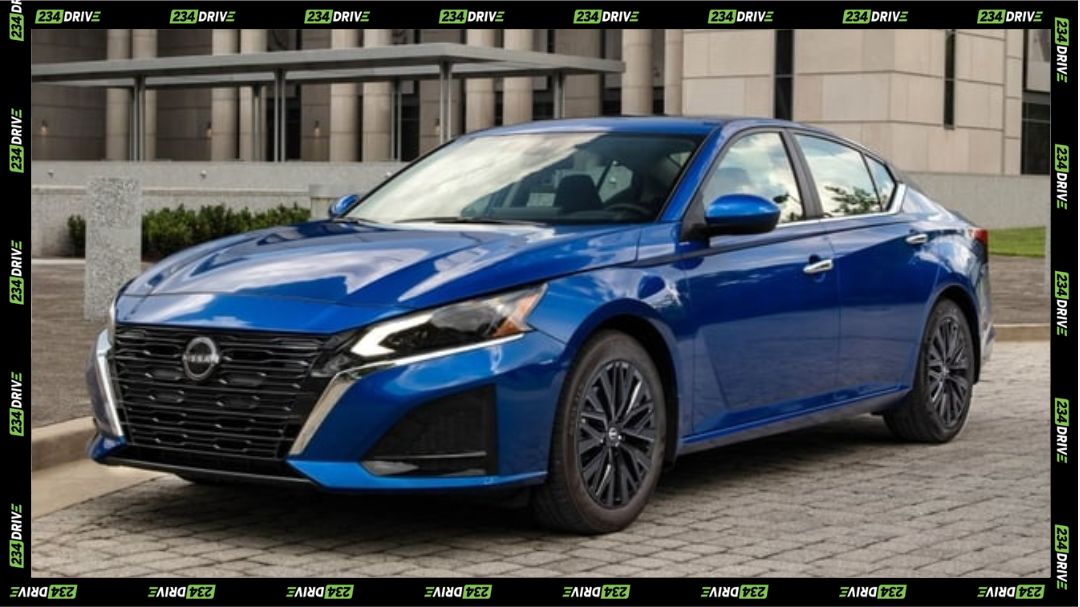The Toyota Corolla has long been the go-to choice for drivers who value dependability, practicality, and efficiency. As it prepares to enter its 13th generation, the 2027 model aims to reassert that dominance while embracing a new era of electrification and design innovation. With over 50 million units sold since 1966, Toyota understands the delicate balance between evolution and tradition. The next Corolla promises to maintain that balance by integrating cutting-edge tech, bold styling, and diverse powertrains, appealing to both conservative buyers and younger, tech-savvy drivers.
At the 2025 Japan Mobility Show (30th October to 9th November), Toyota unveiled the Corolla Concept, a striking preview that captures the automaker’s commitment to redefining compact mobility. The 2027 Corolla is expected to reflect this futuristic approach with sharper lines, a more dynamic profile, and hybrid-centric performance, marking a pivotal shift for one of the most recognisable cars on the planet.
Exterior Design and Styling
Toyota’s design team, led by its European Design Development (ED²) studio, has taken bold steps to modernise the Corolla’s look. The 2027 model borrows cues from Toyota’s latest design philosophy seen in the Prius and Camry, adopting an angular front end with T-shaped elements and sleek LED lighting. A lower, wider stance gives the car a more athletic character, while the boomerang-style headlights and sculpted lines along the doors add aggression without losing elegance.
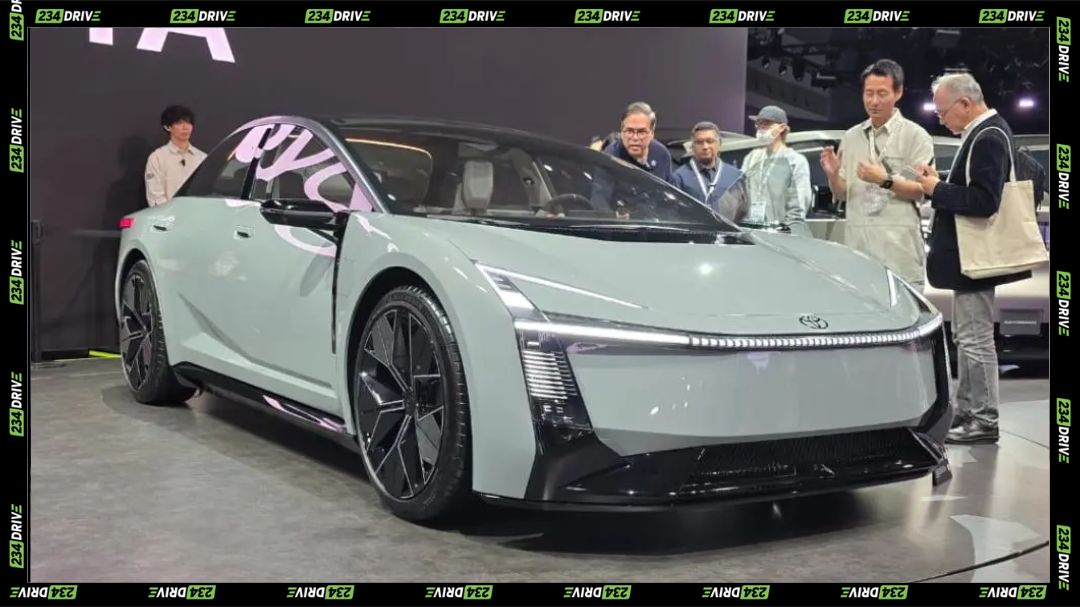
The front fascia now features a slimmer lower intake, replacing the traditional grille to improve aerodynamics. A subtle vent at the windshield base aids airflow, hinting at Toyota’s aerodynamic obsession. The rear design integrates a ducktail-style spoiler, pixel-inspired taillights, and a minimalist bumper, creating a cohesive, tech-forward aesthetic. The overall proportions—slightly wider and lower—contribute to a sportier presence, while production models are expected to tone down the concept’s 21-inch wheels for practicality.
Interior, Technology, and Comfort
Inside, the 2027 Corolla introduces a minimalist cabin centred on usability and comfort. Toyota aims for a balance between digital innovation and physical control, avoiding the pitfalls of touchscreen overload. Expect a dual-display setup: a 12.3-inch digital cluster and a floating infotainment touchscreen powered by Toyota’s latest multimedia system. The cabin layout prioritises driver engagement, featuring intuitive placement of buttons and soft-touch materials throughout.
Higher trims like the XLE are expected to feature SofTex leatherette seats, a premium JBL audio system, ambient lighting, and a panoramic sunroof. The centre console adopts a floating design, creating more legroom and storage space. The Corolla’s cabin remains one of the quietest in its class, benefitting from improved insulation and reinforced chassis rigidity. Wireless Apple CarPlay, Android Auto, and an enhanced Toyota Safety Sense 4.0 suite round out the tech upgrades, ensuring both connectivity and peace of mind.
Powertrain and Performance
Toyota’s “multi-pathway” approach to electrification is central to the 2027 Corolla. The model is expected to feature multiple powertrain options—gasoline, hybrid, Plug-in Hybrid (PHEV), and potentially Battery-Electric (BEV). At its core is a 1.5-litre four-cylinder engine producing between 128 and 178 horsepower depending on configuration. Toyota’s next-generation hybrid systems could deliver over 50 MPG, while the PHEV variant might achieve more than 120 miles of pure-electric range, positioning it as one of the most efficient compact cars available.
The GR Corolla remains the halo variant, retaining all-wheel drive and a manual gearbox for enthusiasts. Power output could reach between 300 and 400 horsepower using an evolved 1.6-litre turbocharged or 2.0-litre four-cylinder engine. Toyota’s engineers have focused on responsive handling, improved weight distribution, and chassis tuning derived from rally experience, ensuring the GR Corolla continues to offer exhilarating performance within a compact footprint.
Driving Dynamics and Efficiency
While exact performance figures remain speculative, Toyota has promised a smoother and quieter ride thanks to upgraded suspension and body rigidity. Steering response is expected to improve, offering better feedback without compromising comfort. Hybrid and PHEV models will deliver seamless power delivery through refined CVT or e-CVT transmissions, while the GR variant will feature short-ratio manual gearing for high-performance driving.

Fuel economy remains a key strength. The base hybrid model could exceed 50 MPG, while PHEV variants will allow daily commutes using mostly electric power. The combination of lightweight construction and improved aerodynamics supports better efficiency across trims, making the Corolla both eco-conscious and cost-effective for long-term ownership.
Market Relevance and Ownership Suitability
In markets like Nigeria and other parts of Africa, the Corolla’s reputation for durability and low maintenance costs continues to make it an ideal choice. Toyota’s widespread service network ensures parts availability, and hybrid components are gradually becoming more accessible. The Corolla’s compact size suits urban environments, while its ground clearance and robust suspension handle local road conditions comfortably.
Globally, the Corolla appeals to a wide demographic—from students and commuters to small families and fleet operators. Its hybrid efficiency aligns perfectly with tightening emissions standards and rising fuel costs, while its GR performance variant keeps enthusiasts engaged. The anticipated pickup variant could also find traction in developing markets, merging Corolla’s reliability with utility.
Where it Stands When Compared With Rivals
The 2027 Corolla faces fierce competition from the Honda Civic, Hyundai Elantra, and Volkswagen Jetta. While each brings unique strengths, Toyota’s advantage lies in its hybrid maturity and reliability record. The Civic may offer sportier handling, but the Corolla counters with superior fuel economy and lower long-term costs. Hyundai’s Elantra competes strongly on technology, yet Toyota’s interior quality and resale value remain unmatched.
In terms of durability and service accessibility, the Corolla maintains an edge, particularly in emerging markets where repair simplicity matters. Resale value also favours Toyota, as used Corollas consistently command strong prices thanks to their reputation for longevity and low ownership costs.
Pricing and Availability
Industry estimates place the 2027 Corolla’s base price around $27,000, up from roughly $23,000 for the 2026 model. Premium trims like the XLE and sportier SE variants may range between $30,000–$35,000, while the GR version could exceed $40,000 depending on performance specs. A fall 2026 release appears likely, with availability extending globally through 2027. But note, these are all speculated prices
Expected trims include:
- LE/Base: Hybrid setup, 7-inch display, Toyota Safety Sense 4.0.
- SE: Turbo option, sportier design touches.
- XLE: Premium interior, advanced infotainment.
- GR: High-performance AWD, manual transmission.
Conclusion
The 2027 Toyota Corolla represents more than another generation—it’s a strategic reinvention of an automotive legend. Toyota blends proven dependability with a forward-thinking mix of hybrid and performance technology, ensuring the Corolla stays relevant in a shifting industry. From its sculpted exterior to its efficient powertrains and refined interior, every aspect reflects Toyota’s commitment to evolution without excess.
For drivers seeking a car that’s efficient yet exciting, futuristic yet familiar, the 2027 Corolla is shaping up to be a standout. Whether as a daily commuter, a performance hatch, or even a compact pickup, this model reaffirms why the Corolla remains one of the world’s most trusted names in mobility.


